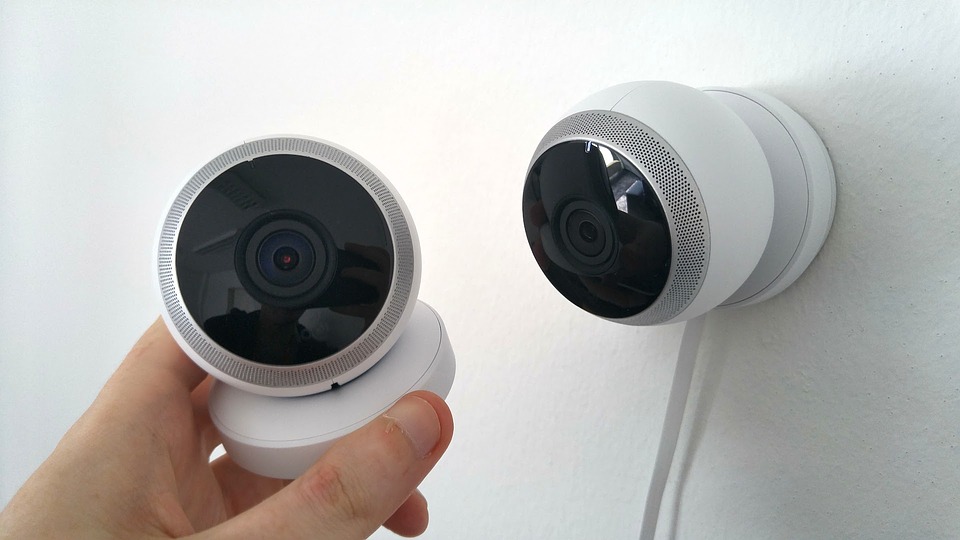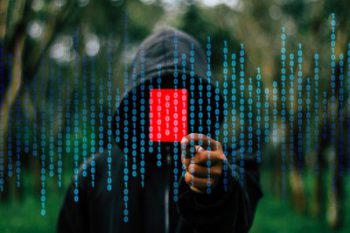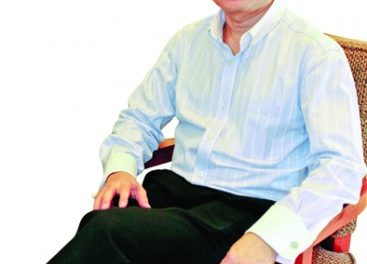Continuing from Part 1 – which talks about Airbnb security and privacy from a host/landlord’s point of view – we now take a look at some of the safety concerns from guests.
In 2017, a couple staying in an Airbnb unit in Japan noticed a green light from a smoke detector in their bedroom. Dismantling the device, they found it was actually a well-disguised camera recording everything in the bedroom. The exact model was sold online. After a police report, the device was confiscated and the host banned by Airbnb.
And yet, situations like these are occurring more frequently all over the world from Florida to Canada to Taiwan, raising the question of security and privacy in short-term rental homes. Malaysia doesn’t have laws against voyeurism, the act of spying on someone either by watching, photographing, or recording a private act without consent, or for sexual gratification. So how do guests of rental homes protect themselves from being the victims of such unscrupulous people?

Is it against the Personal Data Protection Act 2010?
The Personal Data Protection Act 2010 protects your private information e.g. name, home address, email address, and phone number, from being used for commercial reasons. For example, it’s illegal for banks to sell your information to telemarketers.
A company or an individual that possesses your data also cannot disclose your information without your consent. If an organisation or individual gains and uses your information without your consent or via illegal means, you can take legal action. And they could face heavy punishments.
Unfortunately, unless the Airbnb host uses your information for commercial reasons, the act doesn’t cover the invasion of your privacy through CCTV recordings.

How to spot hidden cameras indoors
1. Use a torchlight to sweep the room
Switch off all lights in the room. Then use a torchlight and scan the area. You may be able to detect whether a room has a hidden camera installed if the lens reflect your light.
2. Look around for strange objects
Remember, these cameras are well-disguised to look like normal, everyday objects. But, if you notice something strange – such as a black hole next to the smoke detector, or an unusually heavy shower gel bottle – take a closer look.
3. Use a hidden camera detector
These work by detecting the radio frequency emitted by wireless and wired cameras. However, they don’t work for cameras with internal storage. Or you can download apps that help you scan for sneaky hidden devices.





